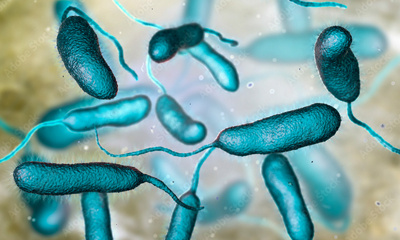Vibrio vulnificus is a gram-negative, halophilic bacterial species that is found in estuarine and coastal waters. This naturally occurring environmental human pathogen has become a great concern for public health as increases in human exposure have been observed across various latitude. There are roughly 80,000 cases of Vulnificus sp. infections, or vibriosis, each year in the United States. Among them, infections caused by V. vulnificus are particularly severe, leading to hospitalization in 92% of cases and a mortality rate of 35%. Infection is typically contracted through the consumption of contaminated food or exposure of an open wound to contaminated water, and can result in necrotizing fasciitis leading to the amputation of the infected tissue.

Despite the severity and concern with V. vulnificus infections, the mechanisms of V. vulnificus pathogenicity and virulence remain largely unknown. In their new study titled "In vivo examination of pathogenicity and virulence in environmentally isolated Vibrio vulnificus", Drs. Shannon Pipes, Rick Lovell and Katie Kathrein examined environmentally isolated V. vulnificus strains using a zebrafish model to investigate their virulence capabilities. They found significant variation in virulence between individual strains which could not be predicted by the commonly used marker gene of disease-causing strains, vcgC. Notably, the least virulent strain in the study, V. vulnificus Sept WR1-BW6, tested positive for genes implicated in V. vulnificus pathogenicity but did not cause severe disease in the fish and was the only strain that did not result in any mortality. This new study demonstrates that virulence varies greatly among different environmental strains and cannot be accurately predicted based solely on genotype.